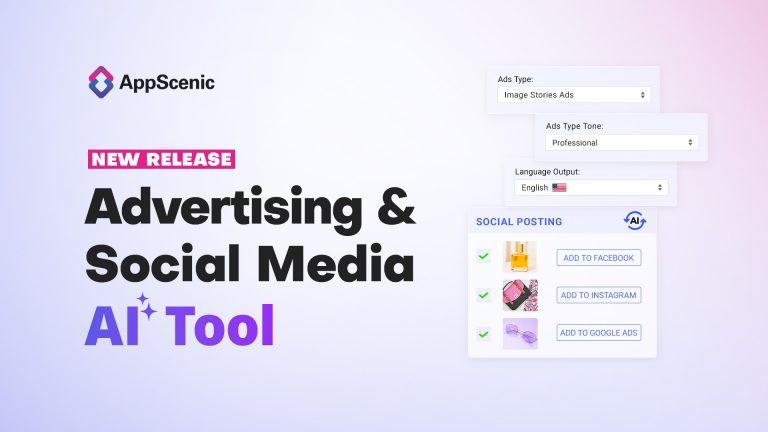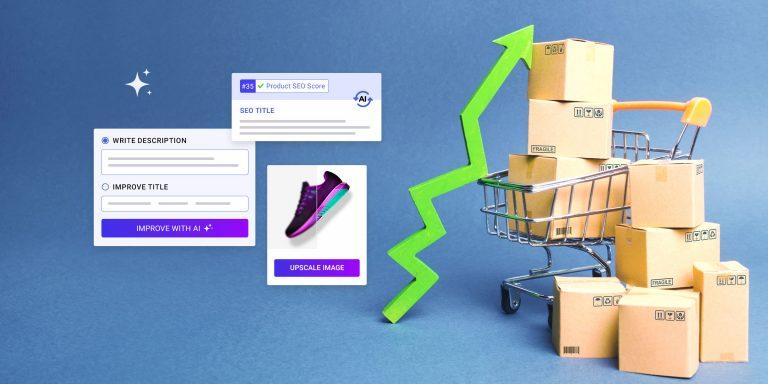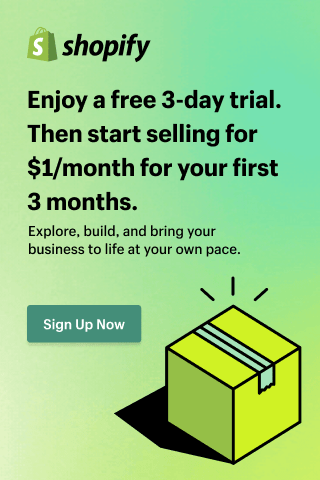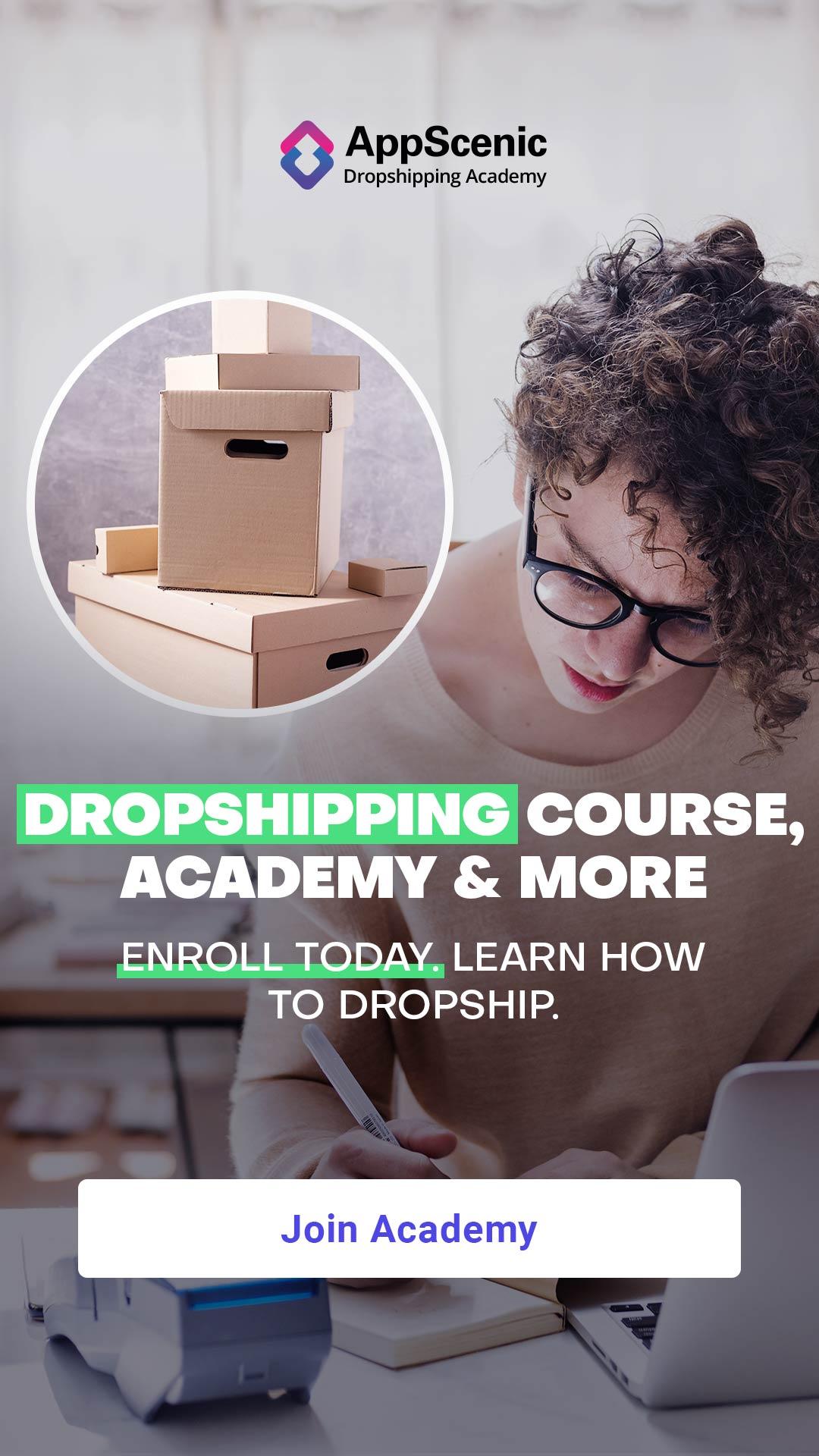We know how exciting it can be to start a dropshipping business. But we are also the first to tell you that it can all be daunting too. One huge challenge you will face after your store and products are ready has to do with reaching your potential customers and actually convincing them to buy from you.
Well, among the many strategies you can use to reach them, email marketing stands out as one of the most effective. Now, in case you think email is old news, well, think again. This data published by HubSpot says 51% of marketers say email marketing is the most effective marketing channel, according to their Marketing Trends survey.
And there’s more, in 2022, the number of global e-mail users was 4.26 billion and this number is set to grow to 4.73 billion users in 2026, according to Statista.
All these shouldn’t come as a surprise, email has long been a direct line to potential customers, a perfect tool to build relationships, and a way to drive sales. Now that we convinced you that email should be part of your marketing strategy, where do you start? Read on for an extensive guide to email marketing for dropshipping newbies.
Table of Contents
Why email marketing for your dropshipping business?
As you can imagine, email marketing offers several benefits that we believe make it an indispensable tool for your dropshipping business. Here are some of the most important ones.
Direct communication
Email allows you to communicate directly with your customers. Unlike social media posts that may get lost in a crowded feed, emails land straight in the recipient’s inbox. This direct line is like having a conversation with a friend in a quiet room, away from the outside noise.
Cost-effective
Email marketing is also incredibly cost-effective. You don’t need a massive budget to get started, making it perfect for newbies. Think of it as a high-return investment with minimal upfront costs.
Personalized engagement
Emails can be tailored to individual preferences and behaviors, offering a personalized experience. This is just like having a tailored suit – it fits perfectly and feels special.
Choose a marketing email service platform
Before diving into building your email list and crafting those perfect emails, the first crucial step is choosing the right email marketing platform. This tool will be the backbone of your email marketing strategy, helping you to manage your campaigns, track performance, and ultimately connect with your customers effectively.
Why is choosing the right platform important?
Not all email marketing platforms are created equal. Some are free, others are paid, and they come with a variety of features that can significantly impact your email marketing efforts. The right platform can streamline your workflow, automate repetitive tasks, and provide valuable insights through analytics. On the other hand, choosing the wrong one could mean dealing with limitations that hinder your ability to grow and engage your audience effectively.
When selecting an email marketing platform, here are some key factors you should keep in mind:
- Ease of use: Especially if you’re a beginner, you’ll want a platform that’s user-friendly with an intuitive interface.
- Automation features: Look for platforms that offer automation capabilities, such as automated email sequences, triggered emails, and scheduling tools.
- Customization options: The ability to customize your emails to reflect your brand’s identity is crucial. Check if the platform allows you to create personalized emails easily.
- Analytics and reporting: To track your success, ensure the platform provides robust analytics that can help you understand your audience’s behavior and optimize your campaigns.
- Integration: If you’re using other tools (like a CRM or ecommerce platform), make sure your email marketing platform can integrate seamlessly with them.
- Cost: Whether you’re on a budget or ready to invest, consider the pricing plans. Some platforms offer free tiers with basic features, while others require a subscription for more advanced capabilities.
Top email marketing platforms for dropshipping
There are many platforms out there, but not all are ideal for dropshipping businesses. Here’s a quick look at some popular email marketing platforms you might consider:
- Mailchimp: Known for its ease of use and free tier, making it a popular choice for beginners.
- Klaviyo: Ideal for ecommerce businesses, offering powerful automation and segmentation features tailored for online stores.
- ActiveCampaign: A bit more advanced, this platform offers robust automation and CRM features.
- GetResponse: Known for its comprehensive features, including email marketing, landing pages, and webinars.
- Brevo: Offers a mix of email marketing and SMS capabilities with competitive pricing

So do your homework and research which one works best for you. Read this article for the best email marketing platforms to use as a dropshipper.
Build your email list
Now, the first step you need to take before you can start sending emails is to build a list of your audience. This is what we call an email list. Here are some ways that can help you build such a list.
Create a compelling lead magnet
A lead magnet is an incentive you offer to potential subscribers in exchange for their email addresses. This could be a discount, a free e-book, or access to exclusive content. Just like bait on a hook, it needs to be enticing enough to draw people in.
Optimize your signup forms
Your signup forms should be easy to find and fill out. Place them prominently on your website, especially on the homepage, blog posts, and checkout pages. The more straightforward the form, the better.
Use pop-ups wisely
Pop-ups can be effective for capturing emails but use them wisely. They should appear at the right time, such as when a visitor shows exit intent or after they’ve spent a certain amount of time on your site. They should be helpful, not annoying.
Leverage social media
Promote your emails on social media platforms. Encourage your followers to subscribe by highlighting the benefits of being on your list. Social media promotion is like spreading the word at a busy market, the more you engage, the more people you attract.
Create your emails
Now, once you have your email list ready, it’s time to start crafting your emails. The goal is to create content that engages, informs, and drives action.
Write compelling subject lines
Your subject line is the first thing recipients see, and it determines whether they’ll open your email. Which means they are very important. So, make it intriguing, clear, and relevant. Just like the headline of a news story, it needs to grab your customers’ attention instantly.
Personalize your emails
Use the recipient’s name and personalize the content based on their preferences and past interactions. Personalized emails show that you understand and care about your customers. Trust us, personal touches make all the difference.
Create engaging content
Your email content should be engaging and valuable. Mix up your content with product recommendations, blog posts, customer testimonials, and special offers. Engaging content is what keeps people coming back for more.
Use strong calls to action (CTAs)
Every email should have a clear call to action. Whether it’s “Shop Now,” “Read More,” or “Claim Your Discount,” make sure your CTA stands out and tells recipients exactly what to do next. A strong CTA directs your audience toward the desired action.
Design for mobile
Many people check their emails on mobile devices, so make sure your emails are mobile-friendly. Use responsive design, keep text concise, and use images sparingly. Mobile optimization is essential, so keep your mobile version of the store light and easy to navigate.

Automate your email marketing
Automation can save you time and ensure your emails are timely and relevant. Here are some ideas for email automation that can work for a dropshipping store.
Welcome series
Set up an automated welcome series to greet new subscribers. This series can introduce them to your brand, highlight key products, and offer a welcome discount. A welcome series can set the tone for a positive relationship.
Abandoned cart emails
Automate emails to remind customers of items they left in their cart. Offer incentives like discounts to encourage them to complete the purchase. Abandoned cart emails will remind customers of what they’re missing out on.
Follow-up emails
Send automated follow-up emails after purchase to thank customers, ask for reviews, and suggest related products. Follow-up emails are like a post-purchase thank-you note, they show appreciation and keep the conversation going.
Analyze and optimize your campaigns
Now that you started sending your emails and have a few running email campaigns, you need to start analyzing performance and make data-driven adjustments.
Track key metrics
Monitor metrics like open rates, click-through rates, conversion rates, and unsubscribe rates. These metrics provide insights into what’s working and what’s not. Tracking metrics can help you understand where you are and where to go next.
A/B testing
A/B testing involves sending two versions of an email to a small segment of your list to see which performs better. Test different subject lines, CTAs, images, and content formats. A/B testing will help you find the perfect mix for your emails.
Gather feedback
Ask your subscribers for feedback on your emails. Use surveys or direct questions to understand what they like and what they don’t. Gathering feedback can help you improve their experience.
Continuous improvement
Email marketing is not a set-it-and-forget-it strategy. Continuously refine your approach based on data and feedback. Just like everything in life, the more you practice, the better you get. For example, once you have a customer data base, you could use a tool like the email address verification and checker tool from Zero Bounce to check invalid and high-risk emails and avoid high email bounce rates.
Case study: successful email marketing launch
How do all these translate in real life? Here’s a hypothetical case study to illustrate these strategies in action.
The challenge
“TechTrendy” is a new dropshipping store specializing in the latest tech gadgets. Despite having a great website and products, they struggled to convert visitors into customers.
The strategy
- Building the email list: TechTrendy offered a 10% discount on first purchases in exchange for email signups. They promoted this offer on their homepage, social media, and through pop-ups.
- Creating engaging emails: They created a welcome series introducing their brand, featured their top products, and included engaging content like tech tips and customer reviews.
- Automating key emails: TechTrendy set up abandoned cart emails and follow-up emails to engage customers and encourage repeat purchases.
- Analyzing and optimizing: They tracked key metrics, conducted A/B testing on subject lines and CTAs, and gathered subscriber feedback to refine their approach.
The outcome
Within three months, TechTrendy saw a significant increase in conversion rates and customer engagement. Their email list grew steadily, and automated emails contributed to a 20% boost in sales.
Here are 10 email marketing case studies you can learn from

Conclusion
As we said, email marketing is a powerful tool for dropshipping newbies. Now, of course, how you use this tool can change the outcome. But, we believe that if you follow our recommendation and build a strong email list, create engaging emails, leverage automation, and continuously optimize your strategy, you can have great results.
Think of email marketing as your secret weapon, when used effectively, it can get your dropshipping business to new heights. So, start crafting those emails, and watch your customer base grow and thrive.
Read next: Creating engaging product descriptions and images for your dropship store











